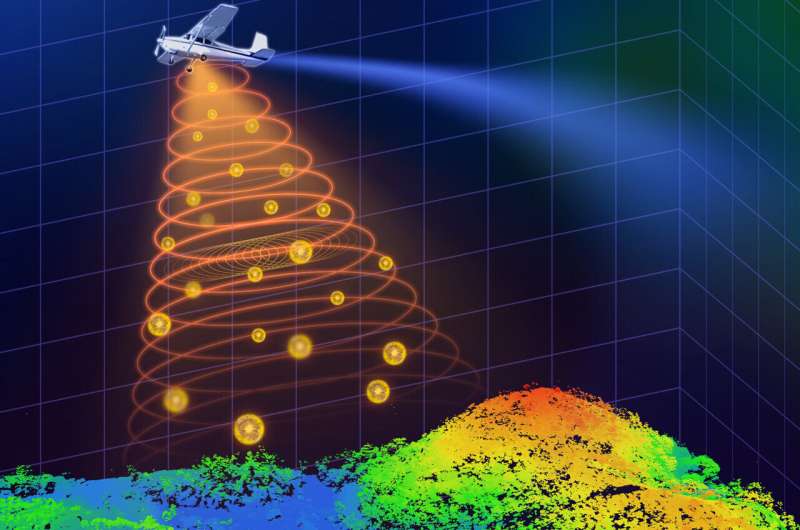by Felicity Nelson
October 20, 2023
Introduction:
Read more here: https://www.sciencealert.com/physics-d ... roscopy(Science Alert) To pry into the private lives of objects in the microscopic domain (and beyond), scientists often rely on extremely bright sources of light.
The free electron lasers that get the best results accelerate electrons over several kilometers towards light speed, wiggling them through a large hall of magnets to shake free intense pulses of photons that light up materials for study.
Now, an international team of physicists think they can achieve the same effect with a much smaller device using quasiparticles – particle-like entities that emerge out of the complex interactions of a collective of other particles.
If their concept can be developed into a workable technology, it may give even more researchers around the world unparalleled visibility into the tiniest structures they are studying, yielding insights into viruses, computer chips, photosynthesis, and the chemistry of the stars.
Particle accelerators that can fit inside a building are much less powerful than those like the Linac Coherent Light Source (LCLS) in California. The size of a small town, its lengthy electron racetrack is capable of emitting highly energetic waves of light in the X-ray part of the spectrum.

